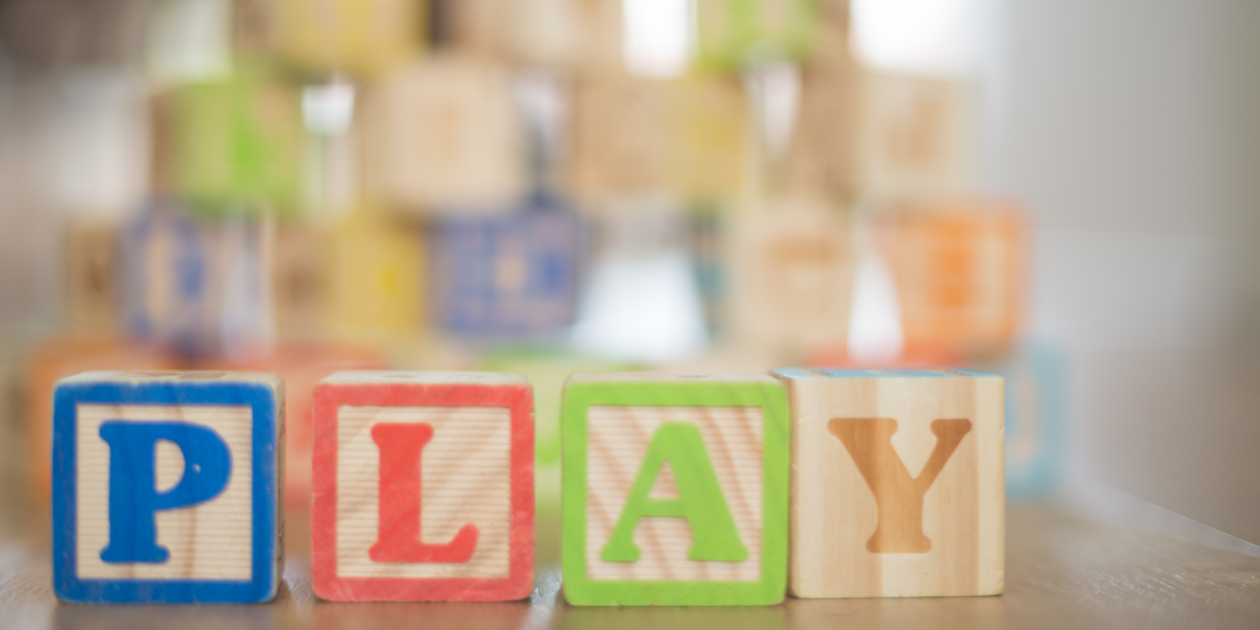To support with Balance of the Day, the audit uses the following statements for reflection.
Teacher Directed Learning: planned and specific, differentiated by input, challenging, focused, introduces new learning and concepts
The teacher recognises certain new and specific concepts and skills require direct teaching (eg phonics, addition & subtraction).
The teacher gives children many opportunities to express their learning.
Teacher directed learning time is flexible – challenging more able learners and providing additional teaching time for children who need it.
Teacher directed learning often follows on and is responsive to observations of children’s play, allowing assessment of skills learned through a variety of approaches and resources.
Teacher initiated Learning: differentiated by output, provides challenge, accessible, intended potential learning, achieveable with less adult support
The teacher introduces a starting point (eg invitation, theme, stimulus, resource) which captures interest to spark children’s play.
The teacher builds on individual children’s current interests to provide props and spaces where children can explore these interests through play.
Teacher-initiated learning can involve planned imaginary or exploratory play focusing on children and adults using their imaginations, being creative and exploring the environment.
child Learning: spontaneous, differentiated by output, open-ended, skills based, relates to child’s interests
There is a balance of child-initiated, teacher initiated, and teacher directed learning within the classroom setting.
Free play is viewed as an integral part of the school day, not just something for children to do when ‘finished their work’.
Children can choose to play in groups, pairs or alone.
The teacher supports play – using strategies such as open questioning, unspoken acknowledgement, while remembering to stand back to allow children to find out for themselves and have confidence in the children’s ability to self-direct their learning for some parts of the day.
Children play with materials where and when and how they wish (within reason), self-selecting play resources. Resources are available for children to self-select, arranged and labelled so children can see them and make choices for themselves.
The teacher is aware that some children will require ‘scaffolding’ to access all areas/resources in the learning environment.
There is evidence of a range of strategies in use to support learners and young people to take responsibility for their own learning and progress, have greater confidence and develop skills in leading their own learning and that of others.
To access the full audit, click here.

